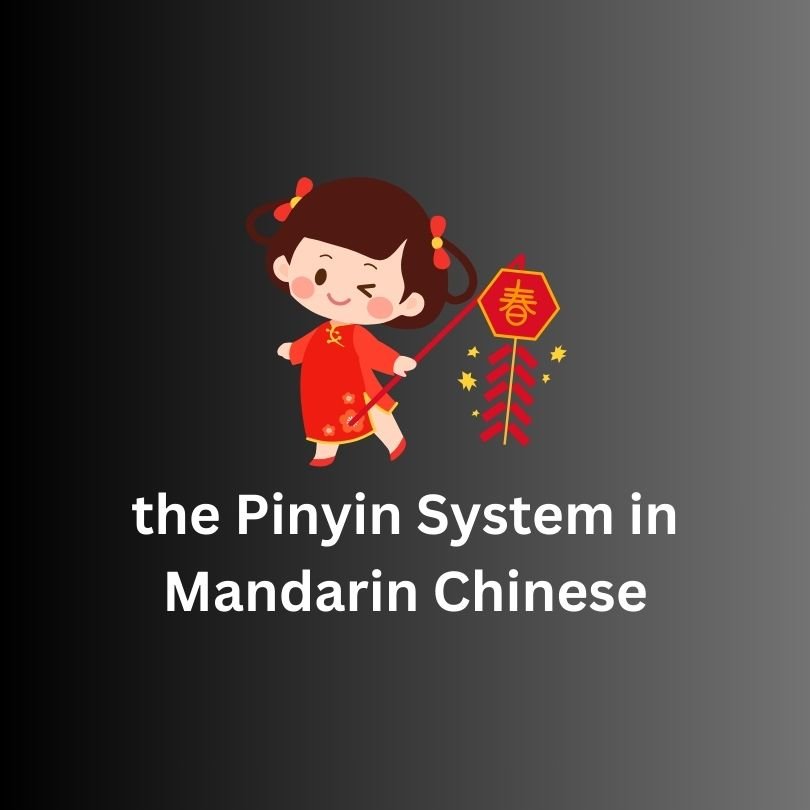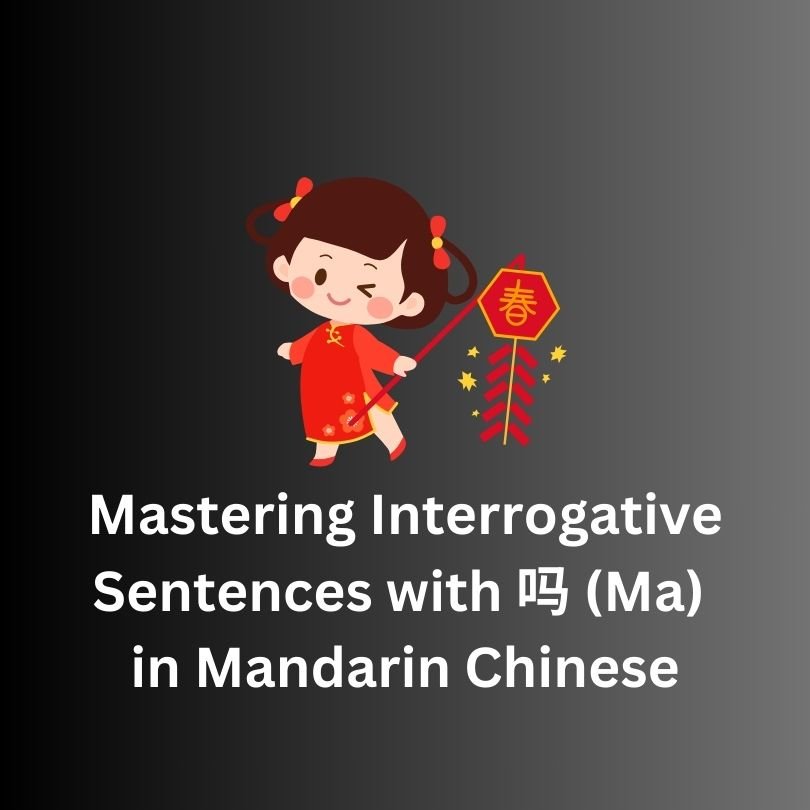Self Introduction in Mandarin Chinese: A Comprehensive Guide
Introducing yourself in Mandarin Chinese is an essential skill for anyone learning the language. Whether you are meeting new friends, attending a business meeting, or traveling in China, knowing how to properly introduce yourself will make a positive impression. In this article, we will cover the basics of self-introduction in Mandarin Chinese, including key phrases, vocabulary, and tips to ensure you sound confident and polite.
Basic Structure of a Self-Introduction
A typical self-introduction in Mandarin Chinese consists of several key components:
- Greeting
- Stating your name
- Sharing your nationality
- Mentioning your occupation or role
- Talking about your interests or hobbies
- Closing remarks
Key Phrases and Vocabulary
Let’s break down each component with useful phrases and vocabulary.
1. Greeting
Start with a friendly greeting. The most common way to say “hello” is:
- 你好 (nǐ hǎo) – Hello (informal)
- 您好 (nín hǎo) – Hello (formal, respectful)
2. Stating Your Name
Next, introduce your name. Use the phrase “我叫 (wǒ jiào)” which means “My name is.”
- 我叫 [Your Name] (wǒ jiào [Your Name]) – My name is [Your Name].
Example:
- 我叫李明 (wǒ jiào Lǐ Míng) – My name is Li Ming.
3. Sharing Your Nationality
To share your nationality, use the phrase “我是 [Country] 人 (wǒ shì [Country] rén),” which means “I am from [Country].”
- 我是美国人 (wǒ shì Měiguó rén) – I am American.
- 我是加拿大人 (wǒ shì Jiānádà rén) – I am Canadian.
- 我是英国人 (wǒ shì Yīngguó rén) – I am British.
4. Mentioning Your Occupation or Role
To mention your occupation or role, use the phrase “我是 [Occupation] (wǒ shì [Occupation]).”
- 我是学生 (wǒ shì xuéshēng) – I am a student.
- 我是老师 (wǒ shì lǎoshī) – I am a teacher.
- 我是工程师 (wǒ shì gōngchéngshī) – I am an engineer.
5. Talking About Your Interests or Hobbies
To talk about your interests or hobbies, use the phrase “我喜欢 [Hobby] (wǒ xǐhuān [Hobby]),” which means “I like [Hobby].”
- 我喜欢看书 (wǒ xǐhuān kànshū) – I like reading.
- 我喜欢运动 (wǒ xǐhuān yùndòng) – I like sports.
- 我喜欢旅行 (wǒ xǐhuān lǚxíng) – I like traveling.
6. Closing Remarks
Finish your introduction with a polite closing remark. A common phrase is “很高兴认识你 (hěn gāoxìng rènshí nǐ),” which means “Nice to meet you.”
- 很高兴认识你 (hěn gāoxìng rènshí nǐ) – Nice to meet you.
Example Self-Introduction
Putting it all together, here is an example of a complete self-introduction:
你好!我叫李明。我是美国人。我是学生。我喜欢看书和旅行。很高兴认识你。
Nǐ hǎo! Wǒ jiào Lǐ Míng. Wǒ shì Měiguó rén. Wǒ shì xuéshēng. Wǒ xǐhuān kànshū hé lǚxíng. Hěn gāoxìng rènshí nǐ.
Hello! My name is Li Ming. I am American. I am a student. I like reading and traveling. Nice to meet you.
Tips for a Successful Self-Introduction
- Practice Pronunciation: Mandarin Chinese pronunciation can be challenging, especially with tones. Practice speaking slowly and clearly, paying attention to the tones.
- Use Appropriate Levels of Formality: Depending on the context, adjust your level of formality. Use “您好 (nín hǎo)” for formal situations.
- Be Confident: Confidence is key. Even if you make mistakes, speaking confidently will leave a positive impression.
- Learn Basic Cultural Norms: Understanding Chinese cultural norms, such as the importance of modesty and humility, can help you navigate introductions smoothly.
- Keep It Simple: As a beginner, it’s best to keep your introduction simple and to the point. As you become more proficient, you can add more details.
Practice Exercises
To reinforce your learning, practice writing and speaking your self-introduction. Try introducing yourself to a language partner or recording yourself and listening for areas of improvement.
- Write your self-introduction in Chinese:
- Hello! My name is [Your Name]. I am [Your Nationality]. I am a [Your Occupation]. I like [Your Hobby]. Nice to meet you.
- Practice speaking your self-introduction aloud, focusing on pronunciation and tone.
Conclusion
Introducing yourself in Mandarin Chinese is an essential skill that will help you connect with native speakers and navigate social situations confidently. By learning and practicing the key phrases and structure outlined in this guide, you’ll be well on your way to making a positive impression in your Chinese-speaking interactions. Keep practicing, and soon you’ll find yourself introducing yourself in Mandarin with ease. Happy learning!



